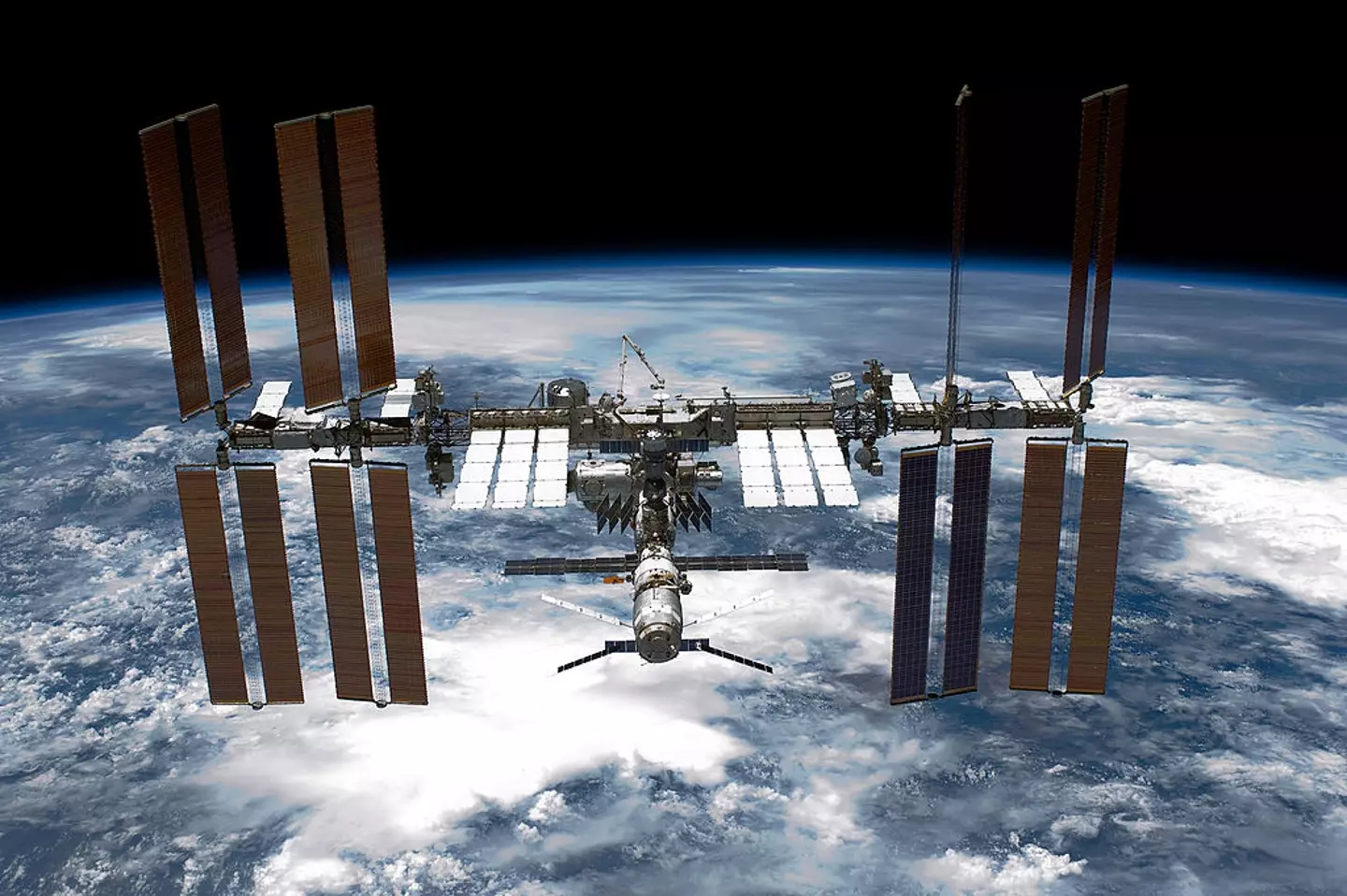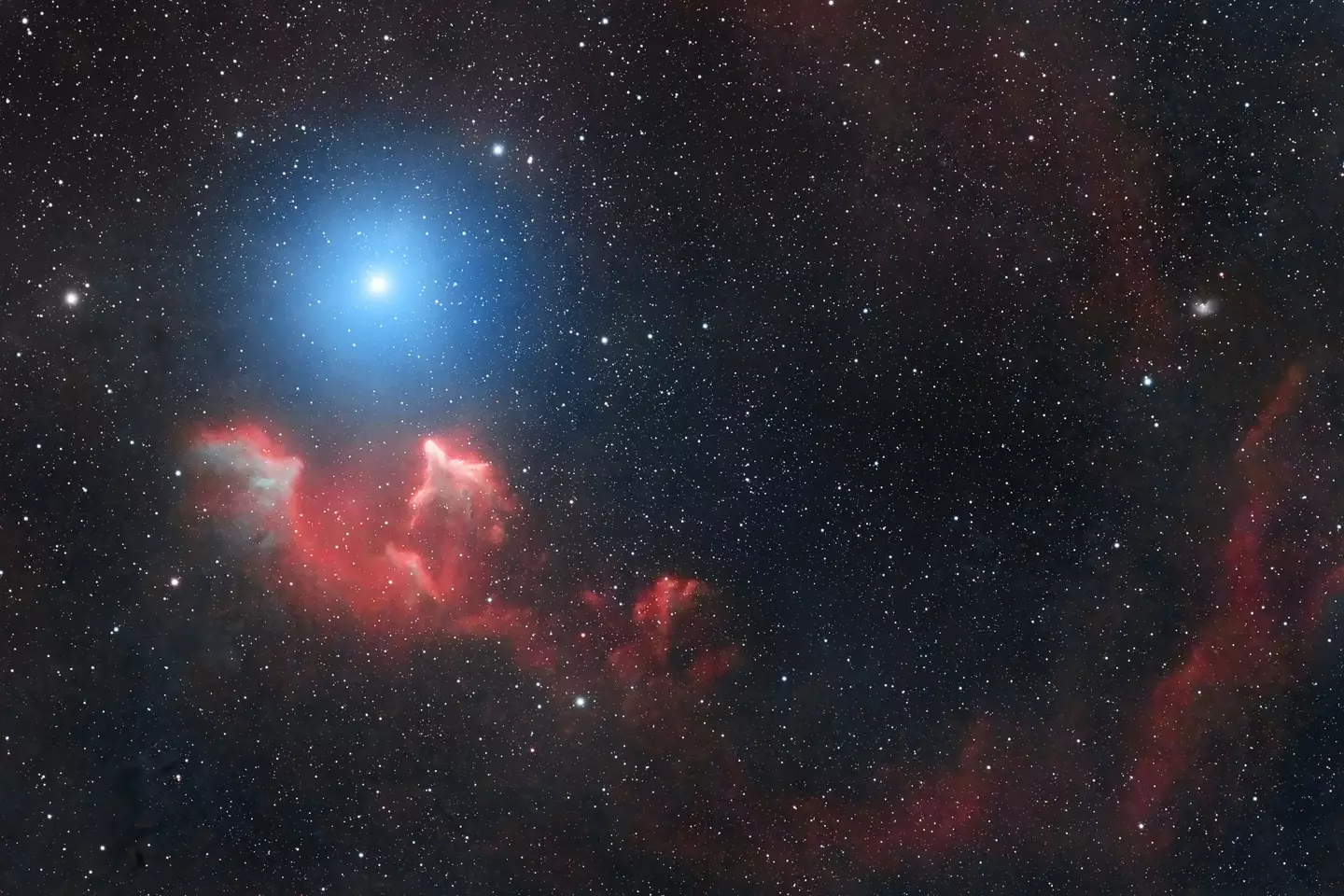As World Space Week kicks off, the conversation is shifting from mere exploration to permanent settlement. Dennis Stone, the president of the World Space Week Association, has issued a compelling call to action, urging young people to actively prepare for a future where living and working in space is a common reality. This year’s theme, “Living in Space,” underscores a significant pivot in human ambition, moving beyond short-term missions to the establishment of a sustained human presence beyond Earth.

Stone points to the current reality of ten people living in space aboard the International and Chinese space stations as just the beginning. He predicts a steady rise in the orbital population, driven by the construction of new, private space stations and the increasing economic and scientific benefits of microgravity research. This growth, he suggests, is a stepping stone to the next logical steps: permanent habitats on the Moon and eventually, cities on Mars.
This vision aligns with the long-stated goals of figures like Elon Musk, who has consistently championed the colonization of Mars as a crucial step for ensuring the long-term survival of humanity. The expert consensus emerging during World Space Week is that this is no longer the stuff of science fiction. The technological building blocks are being developed now, and the next generation will be the one to assemble them into a new chapter for civilization.

However, this exciting future is contrasted with a more sobering perspective from other corners of the scientific community. Space Weather News founder Ben Davidson presents a starkly different prediction, warning of a potential “micronova” event—a powerful solar explosion triggered by a rapid shift in Earth’s magnetic poles. He claims this is part of a cyclical, near-extinction level event that occurs roughly every 6,000 years.
Davidson bases his theory on a recorded 15 percent weakening of Earth’s magnetic field since the 1800s and the increased frequency of auroras at lower latitudes. He interprets these phenomena as signs of a failing planetary magnetic shield. This creates a dramatic dichotomy for humanity’s future: one path leads to the stars as pioneers, while the other warns of a need to fortify our home planet against a celestial threat. Both narratives agree on one thing: the future of humanity is intrinsically tied to events in the cosmos, and preparation is key.


